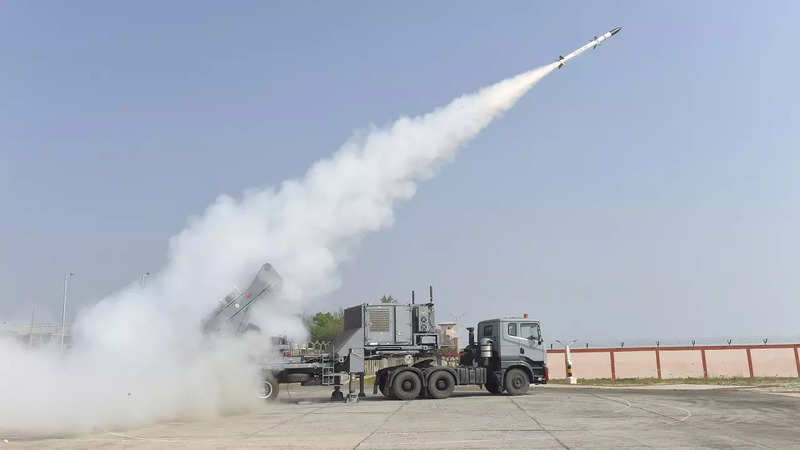- Views: 3K
- Replies: 26

The advanced capabilities of India's newly tested Akash-NG (Next Generation) missile system have garnered significant attention from countries facing potential security threats. Nations in East Asia, particularly Vietnam and the Philippines, have expressed a keen interest in acquiring this cutting-edge air defense system.
This heightened interest is likely fueled by several factors. Firstly, both Vietnam and the Philippines are grappling with regional tensions and potential aggression from neighboring countries. The Akash-NG's impressive range, speed, and accuracy make it a compelling option for bolstering their defense capabilities.
Secondly, India's successful export of the older Akash-1S variant to Armenia serves as a testament to the system's effectiveness and reliability. This track record likely instills confidence in potential buyers, assuring them of the Akash-NG's potential to enhance their national security.
Furthermore, Armenia, having already deployed the Akash-1S, might consider the Akash-NG as a natural upgrade path. Their familiarity with the previous system could streamline the transition and training processes, making the Akash-NG an attractive option for modernizing their air defense infrastructure.
The Akash-NG's appeal extends beyond its technical specifications. India's growing reputation as a defense exporter, coupled with the system's competitive pricing, further enhances its attractiveness in the global arms market.
As regional tensions persist and the demand for advanced air defense systems rises, the Akash-NG is poised to play a pivotal role in shaping the defense strategies of nations seeking to safeguard their airspace and protect their national interests. Its emergence as a sought-after defense solution underscores India's growing prominence in the global defense industry.
Key Advancements in the Akash-NG
- Reduced Weight: The Akash-NG incorporates a new, two-pulse, solid rocket motor, replacing the older ramjet design. This change results in a significant weight reduction of 350 kilograms, bringing the total weight down from 700 kg to 350 kg. This enhanced mobility allows for faster deployment and potentially lower operational costs.
- Enhanced Range and Speed: Designed to counter modern aerial threats, the Akash-NG boasts an impressive range of up to 50 kilometers, effectively neutralizing high-speed, agile targets like fighter jets. Additionally, its advanced detection system has a range of 80 kilometers, enabling early identification of enemy aircraft and timely launch sequences.
